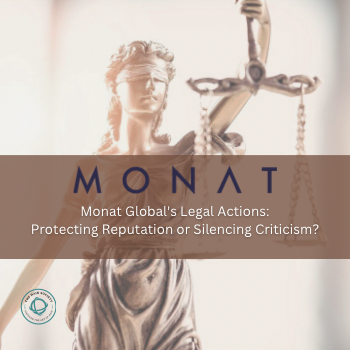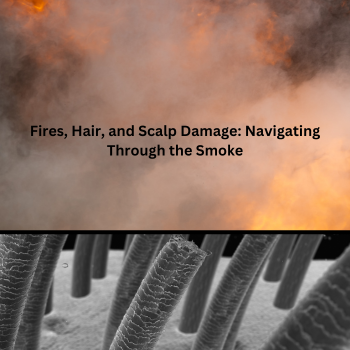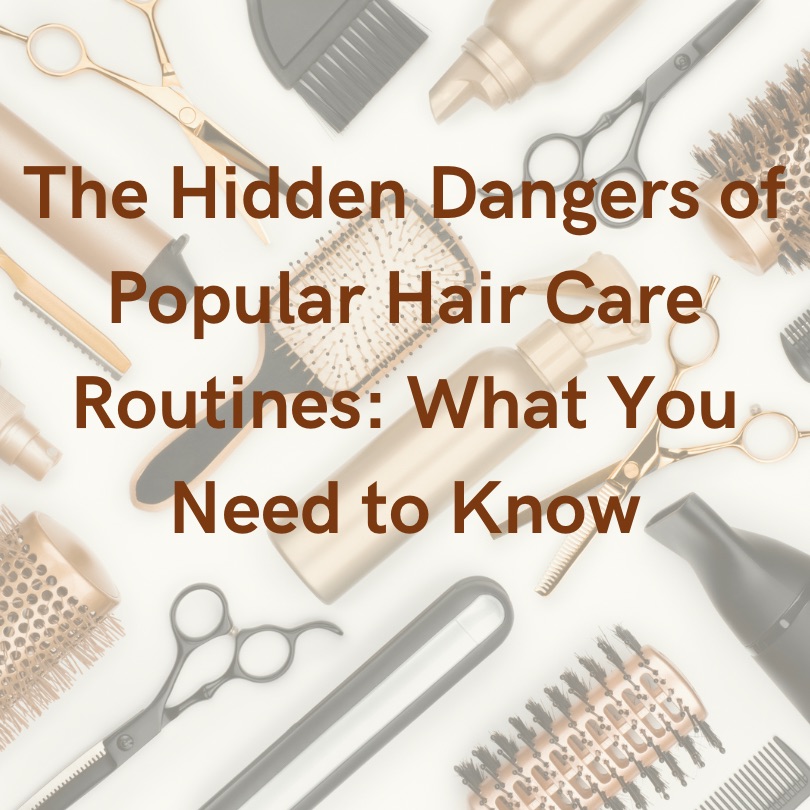By: Erin Lukas
Syndicated Content Posted on January 28, 2019 – @ 11:00am by Instyle.com

Platelet Rich Plasma might be the best hair loss treatment you’ve never heard of — yet.
Chances are you’ve probably heard of The Vampire Facial, a skin treatment that went viral because Kim Kardashian tried it and shared it with the world on social media. The facial got its name because it involves a dermatologist drawing your own blood and then injecting it into your face to reduce fine lines and wrinkles.
Off Instagram, the treatment is known by medical professionals as platelet-rich plasma or PRP for short. Plasma is a component of blood that contains platelets and white blood cells, which are rich in growth factors and can support new cell growth. PRP’s claim-to-fame might be how effectively the injections firm and smooth skin, but as it turns out, there’s a similar treatment that’s used for hair loss. And yes, it requires needles and blood, too.
VIDEO: We Tried the Vampire Facial
[su_youtube url=”https://www.youtube.com/watch?v=jQfYZnDL1-A” width=”640″ height=”360″]
“The thought is that growth factors released from the platelets have effects on stem cells within hair follicles, thus promoting the growth phase of hair,” explains Dr. David Cangello, a plastic surgeon in New York City. “They are also thought to stimulate angiogenesis (new blood vessel formation), which provides blood flow to assist in hair growth.”
Here, two skincare experts breakdown the treatment, including how it works, side effects, and cost.
HOW PRP WORKS
First, a sample of blood is drawn and put into a special canister that separates it into different multiple layers. The doctor uses the layer of blood that’s filled with platelets, as well as stem cells and growth factors. Then, it’s injected into the scalp with a syringe to stimulate hair growth.
WHAT TYPES OF HAIR LOSS DOES PRP TREAT?
Although PRP can be a treatment option for any type of hair loss, Dr. Cangello says that it’s most commonly used for people dealing with androgenic alopecia (male and female pattern hair loss), and alopecia areata.
WHAT ARE THE SIDE EFFECTS?
One of the many reasons that PRP is becoming an increasingly popular hair loss treatment is that there’s little to no side effects and no downtime.
A numbing cream is usually used, but patients may experience mild pain, redness, possible bruising, infection, and/or scarring at the injection site.
If you have an infection on your scalp or active psoriasis, it’s recommended that you wait for the skin to heal before getting treatment. Dr. Cangello says that anyone with a low platelet count or clotting should avoid PRP.
HOW FAST DOES HAIR GROW BACK?
“It depends on the etiology and how long the hair has been gone from the area,” says Dr. Melissa Doft, a plastic surgeon in New York City. “For example, if you have alopecia caused by stress, pregnancy, or another trauma and treat it right away, there’s a greater chance that the hair follicles will be stimulated and the hair will grow back. However, I’ve had male patients who have had hair loss for a while and have seen some small hair regrowth when I’ve injected them. Also, the hair that they do have has gotten thicker.”
The hair growth cycle is also a factor. Hair has a dormant period, a fast growth period, and then sheds. These three stages repeat themselves. “One of the many reasons you want to do a number of sessions that are spread out is because you want to hit all of the hair follicles when they’re coming out of the dormant stage and are ready to grow,” explains Dr. Doft.
Typically, hair loss patients will see the most results in 3-6 months. While studies have shown great results, just like any hair loss treatment, there isn’t a 100 percent guarantee that it will work. To avoid doing anything that will be detrimental to new hair growth, Dr. Cangello suggests avoiding chemical hair treatments during the PRP treatment process. Dr. Doft also recommends not using any hair products that contain sulfates.
CAN THE HAIR LOSS COME BACK?
The bad news? Yes. Even though PRP can be an extremely effective treatment option for hair loss, both Dr. Cangello and Dr. Doft say that because it’s so new, the long-term effects of PRP are stilled being studied.
HOW MUCH DOES PRP COST?
PRP doesn’t come cheap. The price will vary depending on where you live, but in New York the treatment ranges from $800-$1200. But for anyone who’s tried a number of at-home topical products, supplements, and other in-office treatments to no success, PRP can be a great option. Talk to your doctor to see if it’s a safe option for you.




